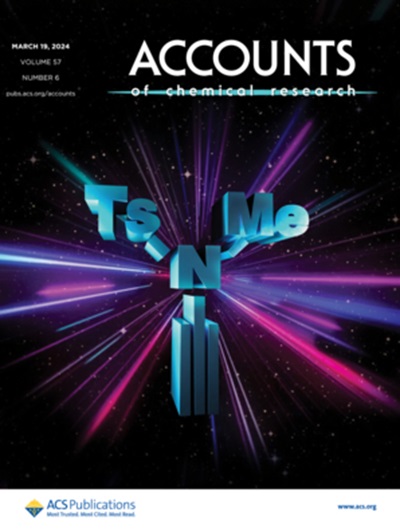评估口内扫描仪分辨率、真实度和精确度的统一协议:RTP 协议
IF 16.4
1区 化学
Q1 CHEMISTRY, MULTIDISCIPLINARY
引用次数: 0
摘要
在过去的十年中,有关口内扫描仪(IOS)评估的研究主要考虑了两个参数,即精确度和真实度,以确定准确性。第三个参数,即分辨率,研究不多,但似乎对牙科应用至关重要。研究目的这项初步研究的目的是创建一种独创的方法--分辨率-真实度-精度(RTP)协议,以同时评估这三个主要参数--分辨率真实度和精度。材料和方法:确定一个具有特定校准尺寸的陶瓷针尖作为参照物,用扫描显微层析成像仪记录其网格,并与提取到 IOS 的网格进行比较。通过该物体的特殊几何形状,可以同时评估:分辨率、真实度和精度。结果:结果显示,平均分辨率为 79.2 μm,真实度平均值为 17.5,精度平均值为 12.3 μm。这些数值与之前公布的该款相机的结果相近。因此,RTP 协议是第一个同时包含三个参数的协议。该协议简单、快速、精确,可用于在研究实验室或测试机构内对 IOS 进行比较。最后,这项研究可以作为第一步,为从业人员创建一个参考工具包,使他们能够长期控制其 IOS 的质量。本文章由计算机程序翻译,如有差异,请以英文原文为准。
Unified protocol to evaluate intraoral scanner resolution, trueness and precision: the RTP-protocol
Over the past decade, studies published on the evaluation of intraoral scanners (IOSs) have mainly considered two parameters, precision and trueness, to determine accuracy. The third parameter, resolution, not much studied, seems essential for an application in dentistry. Objective: The objective of this preliminary study is to create an original method – a Resolution-Trueness- Precision (RTP) protocol to evaluate these three main parameters – resolution trueness and precision – at the same time. Material and Method: A ceramic tip with particular and calibrated dimensions is determined as the reference object and its mesh recorded with a scanning microtomograph, and compared with the one extracted to the IOS. It is the particular geometric shape of the object that will make it possible to simultaneously assess: resolution, trueness and precision. Results: The results have shown a mean resolution of 79.2 μm, a mean for trueness of 17.5 and a mean for precision of 12.3 μm. These values are close to previous results published for this camera. So, the RTP protocol is the first including the three parameters at the same time. Simple, fast and precise, its application can be useful for comparisons between IOSs within research laboratories or test organizations. Finally, this study could be a first step to create a reference kit for practitioners allowing them to control the quality of their IOS over time.
求助全文
通过发布文献求助,成功后即可免费获取论文全文。
去求助
来源期刊

Accounts of Chemical Research
化学-化学综合
CiteScore
31.40
自引率
1.10%
发文量
312
审稿时长
2 months
期刊介绍:
Accounts of Chemical Research presents short, concise and critical articles offering easy-to-read overviews of basic research and applications in all areas of chemistry and biochemistry. These short reviews focus on research from the author’s own laboratory and are designed to teach the reader about a research project. In addition, Accounts of Chemical Research publishes commentaries that give an informed opinion on a current research problem. Special Issues online are devoted to a single topic of unusual activity and significance.
Accounts of Chemical Research replaces the traditional article abstract with an article "Conspectus." These entries synopsize the research affording the reader a closer look at the content and significance of an article. Through this provision of a more detailed description of the article contents, the Conspectus enhances the article's discoverability by search engines and the exposure for the research.
 求助内容:
求助内容: 应助结果提醒方式:
应助结果提醒方式:


